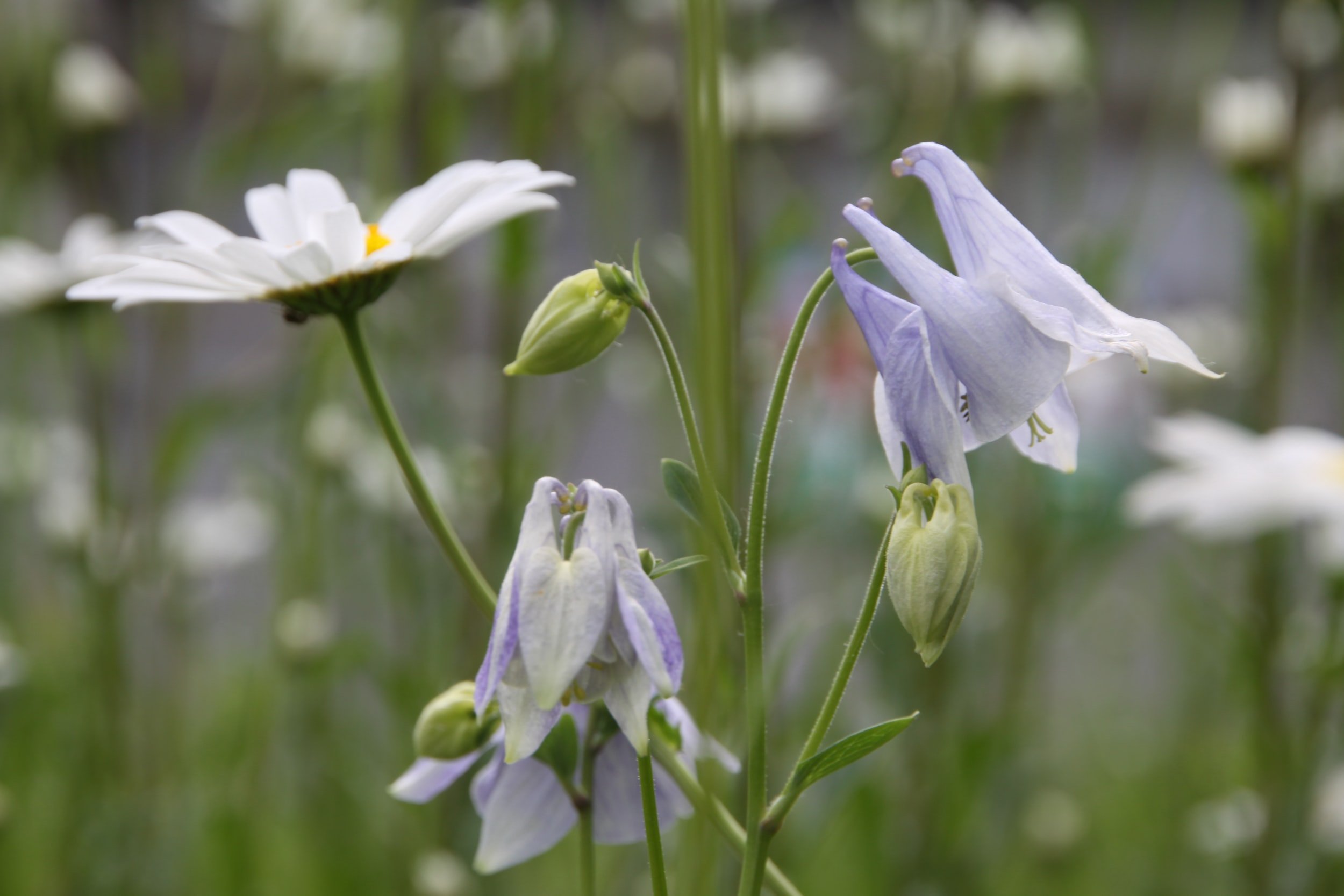PLANT NATIVE
For more information on native plants in our area visit
Native plants are particularly important for local birds because they provide seeds, nectar and fruits as direct food sources and also attract insects and arachnids that are vital components of avian diets. Non-native plants don’t usually attract the same numbers of insects on which native birds depend. Native plants and birds have co-evolved and rely on each other to survive.
The continental U.S. lost a staggering 150 million acres of habitat and farmland to urban sprawl, and that trend isn’t slowing. The modern obsession with highly manicured, perfect lawns alone has created a green, monoculture carpet across the country that covers more than 40 million acres. The human-dominated landscape no longer supports functioning ecosystems, and the remaining isolated natural areas are not large enough to support wildlife.
More Benefits of Native Plants
Beauty: Many native plants offer beautiful showy flowers andproduce abundant colorful fruits and seeds and brilliant seasonal changes in colors from the pale, thin greens of early spring to the vibrant yellows and reds of autumn.
Healthy Places for People: Lawns and the ubiquitous bark-mulched landscapes are notorious for requiring profuse amounts of artificial fertilizers and synthetic chemical pesticides and herbicides. The traditional suburban lawn, on average, has ten times more chemical pesticides per acre than farmland. By choosing native plants for your landscaping, you are not only helping wildlife, you are creating a healthier place for yourself, your family and your community.
Helping the Climate: Landscaping with native plants can combat climate change. In addition to the reduced noise and carbon pollution from lawn mower exhaust, many native plants, especially long-living trees like oaks and maples, are effective at storing the greenhouse gas carbon dioxide.
Conserving Water: Because native plants are adapted to local environmental conditions, they require far less water, saving time, money and perhaps the most valuable natural resource, water.
Wildlife: In addition to providing vital habitat for birds, many other species of wildlife benefits. The colorful array of butterflies and moths, including the iconic monarch, the swallowtails, tortoiseshells and beautiful blues, are dependent on very specific native plant species. Native plants provide nectar for pollinators including hummingbirds, native bees, butterflies, moths and bats. They provide protective shelter for many mammals. The native nuts, seeds, and fruits produced by these plants offer essential foods for all forms of wildlife.
Investigate water features that are safe haven for birds drinking or bathing. If you use a water feature, make sure it is safe and clean.
Don’t try to maintain a pristine yard. Birds need places to hide, especially if they are approaching your feeder or water. Brush piles are great hiding places. If there is no danger to your home, leave standing dead or dying trees. In the Roaring Fork Valley, there are 28 species of cavity nesters that are having a more and more difficult time finding good homes.
Become a Habitat Hero! Ask a trusted nursery about what native plants they sell or visit Audubon’s Plants For Birds. Enter your zip code, and get a list of plants that will support all our native animals.

